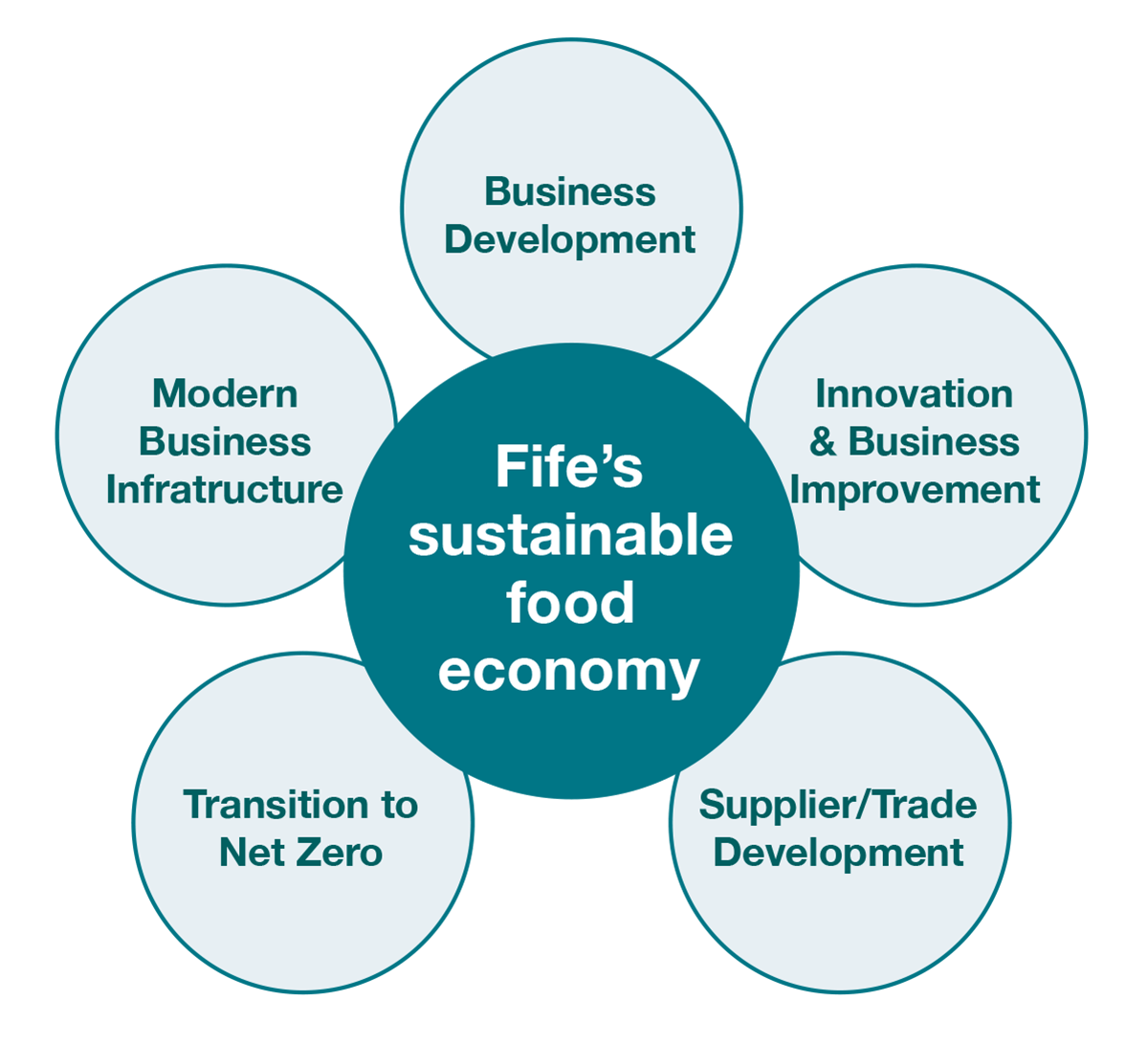Some cookies used are essential to providing a service, while others help us improve your experience and provide us with insights into how the site is being used.
For more detailed information about the cookies we use, see our Cookies page.
Necessary cookies enable core functionality such as security, network management, and accessibility. You may disable these by changing your browser settings, but this may affect how the website functions.
We'd like to set Google Analytics cookies to help us to improve our website by collecting and reporting information on how you use it. The cookies collect information in a way that does not directly identify anyone. For more information on how these cookies work, please see our 'Cookies page'.
We'd like to allow Social Media cookies to provide a richer experience. These cookies will allow us the ability to list Fife Council tweets and Facebook posts, Google maps, audio clips & Videos on some of our pages. Our videos use Youtube's privacy-enhanced mode.
These cookies allow us to show relevant adverts to the content you are viewing. They also provide the ability to deliver targeted online advertising across other platforms like Facebook, Google, Instagram and the Quantcast network.
Making good food a defining characteristic of Fife depends, ultimately, on ensuring healthy and sustainable food businesses are mainstreamed as part of a revitalised local food economy. From producers and processors to retailers and caterers.
Putting good food entrepreneurs and enterprises at the heart of local economic development and promoting them to consumers not only ensures that buying healthy and sustainable food becomes the easy choice but also creates jobs, businesses and prosperity while regenerating high streets and city centres.
This chapter sets out why Fife’s food economy needs to become more sustainable, adaptable, innovative and resilient. It presents actions that will be taken by partners to achieve change.
Every sector of the economy will have to adapt their practices due to climate change. It is clear it will impact adversely on the food and drink sector, both in primary production and secondary manufacturing areas, as well as in processing, storage and logistics. Fife’s food and drink sector underpins Fife’s tourism and retail sectors and any stress in the food and drink sector will ripple through those other industries.
Businesses and jobs occur at all sections of the food system, contributing towards the performance of the food economy. Businesses within Fife’s food and drink sector operate across the wider food system. And for the food system in Fife to continue to produce, process and get to market sustainable food and drink, it requires systemic change.
Changes requires analysis of how the business model for the sector currently operates. That analysis will help support businesses to identify and implement Net-Zero practices that adapt and mitigate the impacts that climate change will have on their business practices.
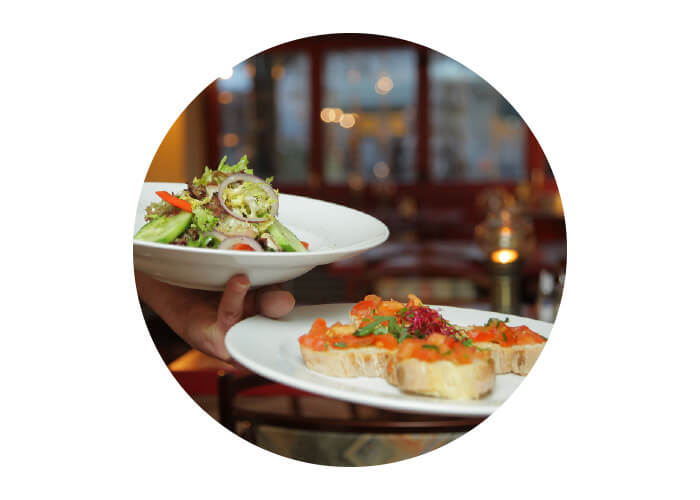
15.8% of Fife’s businesses
are in the food and drink sector
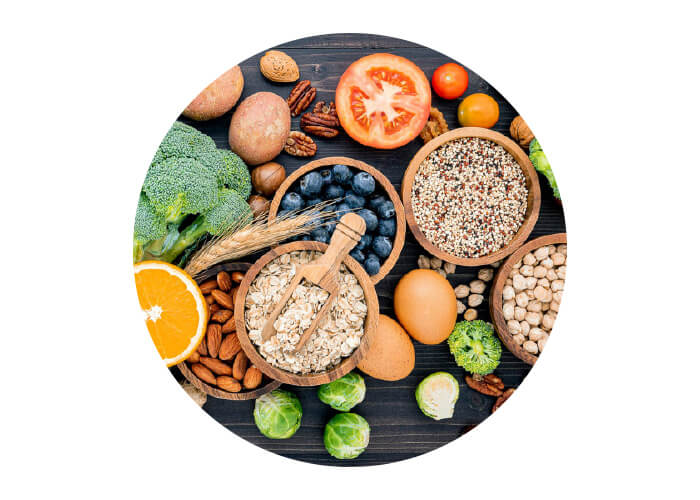
The sector accounts for 14,800 jobs across Fife, with an annual turnover of £550m
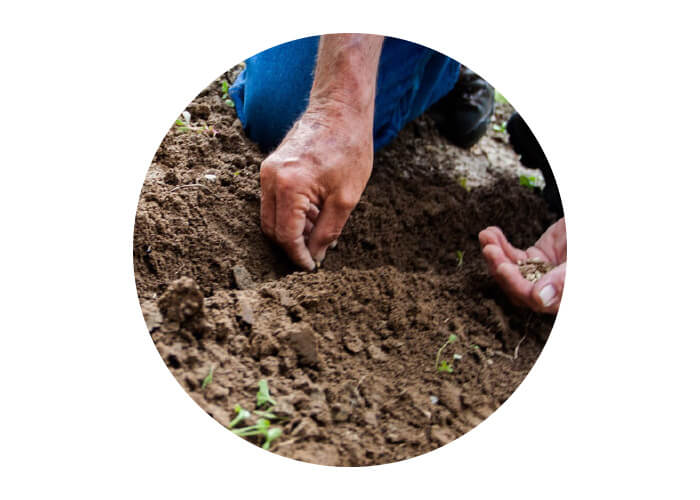
The industry has grown steadily since 2017 to around1,500 businesses in 2021
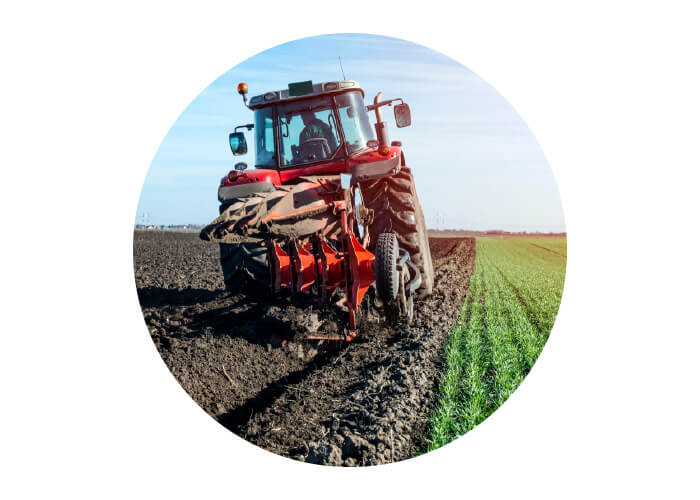
As part of primary producers within the sector, Fife is home to 524 farms of 50 hectares or more and 1,530 smaller farms and small holdings
Fife’s food economy has shown remarkable resilience over the past few years, with pressures from Brexit and Covid impacting significantly on all within the sector. Its inherent entrepreneurial strength gives confidence that its actors, with appropriate support, can continue to be innovative ensuring that businesses across all sections of the food system can:
Fife’s food and drink sector is already well established (see figure below). The Food from Fife initiative brings together food and drink businesses in Fife, promoting the quality and variety of their offerings. From top restaurants to neighbourhood cafes; resort hotels to B&B’s; artisan producers to large-scale manufacturers; markets to festivals; and everything in between.
The Fife Economic Strategy (2023-28) will set a vision for a vibrant and resilient Fife economy and the areas of overall economic focus for 2023-2028.
To support Fife’s food economy to become more sustainable, adaptable, innovative and resilient, this pillar is guided by research within the food and drink sector (see Appendix B) and the five strategic themes below.
In the Spring of 2022, several surveys were carried out across the sector. Fife Council’s Business & Employability Service ran a Sustainability Health Check survey. The results of the survey haven been analysed to further develop products and programmes of support to businesses to sustainably start, operate, grow and trade. Survey responses were key to developing actions for this section of the strategy and action plan. See Appendix B for a detailed breakdown of the evidence gathered.
